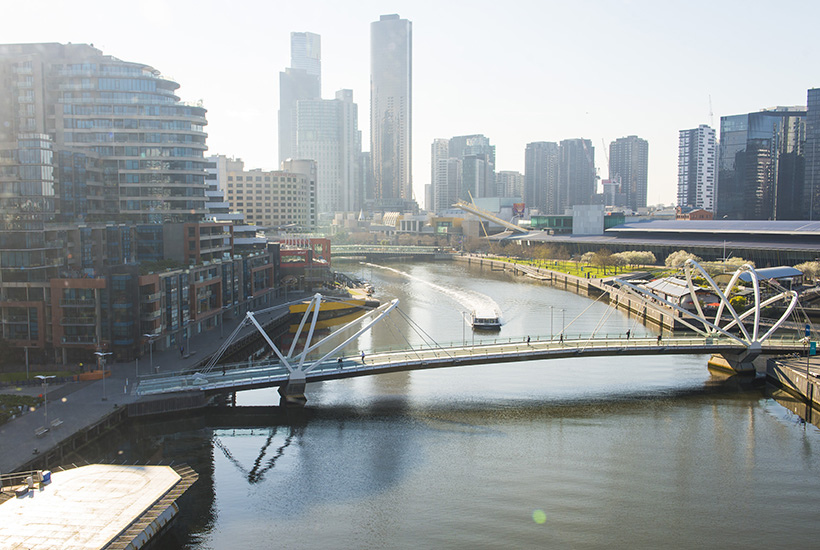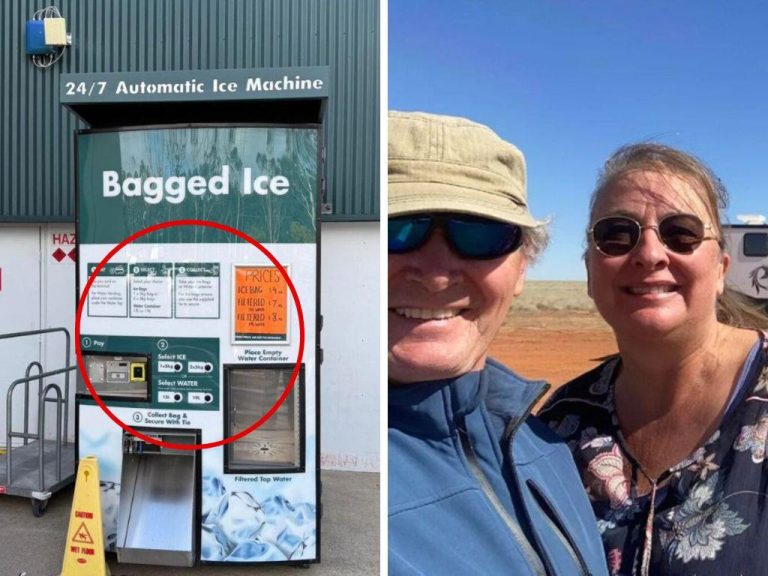SMSFs to plug foreign investor hole: report

Foreign investors are disappearing from Australia’s commercial property market but cashed-up self-managed super fund investors are moving in to fill the gap, a new industry report reveals.
Raine & Horne’s Commercial Insights Autumn 2018 snapshot is tipping SMSFs will increasingly replace foreign buyers as locals seek alternatives to an unpredictable sharemarket.
In recent years Asian investors have dominated the Australian scene, but recent regulatory changes in China have caused a steep decline in offshore interest, making way for more SMSFs to move in.
Commercial Insights: Subscribe to receive the latest news and updates
According to the report, changing buyer demographics appear to have had little impact, with the sector on track to deliver gains of up to 10% this financial year.
Raine & Horne Group Executive Chairman Angus Raine says the trend is welcome and likely to continue with a growing number of investors on the horizon.
“A volatile sharemarket and low returns on cash is seeing SMSFs turn to commercial real estate in droves,” Raine says.
The commercial asset is often held within the proprietor’s SMSF, providing a win-win for all parties — security of tenure for the business, and a strong level of control over super fund returns
“This is further supported by the escalation in SMSF numbers, with an average of 34,000 new SMSFs being established each year.”
Raine points to strong capital growth, healthy yields, long-term leases and low maintenance costs, which are “extremely appealing to SMSF trustees”.
Low commercial lending rates are also contributing, with many small-to-medium-sized enterprises opting to own rather than lease.
“The commercial asset is often held within the proprietor’s SMSF, providing a win-win for all parties — security of tenure for the business, and a strong level of control over super fund returns,” Raine says.
Infrastructure development is another significant force underpinning interest.
A volatile sharemarket and low returns on cash is seeing SMSFs turn to commercial real estate in droves
The report highlights projects such as the South East Light Rail network, which is generating new commercial opportunities in Sydney’s eastern suburbs, including significant off-the-plan development sales.
Further afield in Newcastle, a separate local light rail project is having similar benefits, as is the traffic congestion-busting Northlink expansion in Perth.
The latest report comes as demand for commercial property continues to outstrip supply across the country, driving up asset values.







